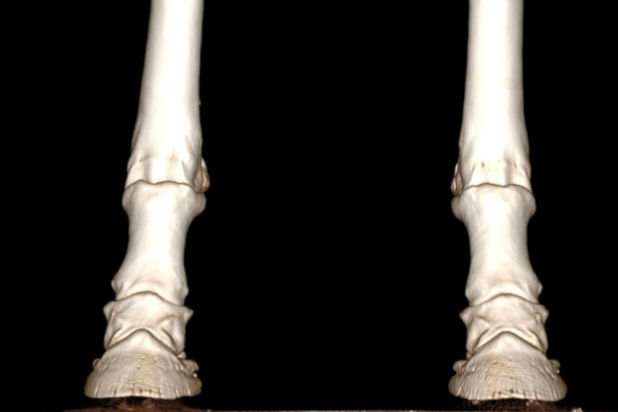
The Correction Bit: A Tool for Effective Horse Training
- teresajones1982
- Jan 10
- 3 min read
The correction bit is a versatile and popular tool in horse training, especially among riders and trainers who aim to refine their horse’s responses and improve communication. Known for its balanced design and unique mouthpiece, the correction bit plays a critical role in developing a horse’s suppleness, collection, and responsiveness. This article delves into what the correction bit is, its uses, benefits, and the appropriate timing for its introduction in training.
What is a Correction Bit?
The correction bit is a type of curb bit with a broken or hinged mouthpiece that typically has four separate pieces. These pieces allow independent movement of each side of the bit, which helps the rider isolate and control specific areas of the horse’s mouth. Most correction bits also include a mild port (a raised area in the center of the bit) to provide tongue relief when the horse responds correctly.
The bit is typically attached to shanks, which allow for leverage. The amount of leverage depends on the length of the shanks, making it adjustable for different levels of communication and control.
What is the Correction Bit Used For?
The correction bit is primarily used to:
1. Enhance Lateral and Vertical Flexion: The independent movement of each side of the bit allows the rider to fine-tune lateral control while encouraging proper head carriage.
2. Encourage Responsiveness: The hinged design makes it easy for the horse to feel subtle cues from the rider, fostering lighter responses to rein pressure.
3. Increase Bend in the Horse: The design of the correction bit helps encourage a horse to soften through its poll and ribs, promoting more lateral bend. This is especially useful when working on circles, turns, or lateral maneuvers.
4. Transition Between Bits: It is commonly used as a transitional bit for horses moving from a snaffle bit to a leverage bit.
5. Refine Training for Advanced Movements: It is ideal for training advanced maneuvers, such as spins, stops, and lead changes in disciplines like reining and barrel racing.
Benefits of the Correction Bit
1. Improved Communication: The ability to apply pressure to specific areas of the horse’s mouth ensures clearer signals, reducing confusion and resistance.
2. Tongue Relief: The port design provides relief for the horse’s tongue when the horse responds correctly, encouraging relaxation and trust.
3. Precision in Training: The hinged mouthpiece allows riders to isolate shoulders, ribs, or other parts of the horse’s body, enabling more precise control.
4. Encourages Softness and Bend: Proper use of the correction bit can promote a lighter and softer feel, helping the horse yield more willingly and achieve better bend throughout its body.
When Should the Correction Bit Be Introduced?
The correction bit should be introduced:
• After a Solid Foundation is Established: A horse should be responsive and comfortable in a snaffle bit before transitioning to a correction bit. The rider must ensure that the horse understands basic rein aids and lateral control.
• For Intermediate and Advanced Training: It is suitable for horses that need refinement or are being prepared for advanced maneuvers. It should not be used on green or untrained horses.
How Does the Correction Bit Help the Rider?
1. Improved Feel: The independent movement of the mouthpiece helps the rider feel the horse’s responses more clearly, making it easier to detect resistance or stiffness in specific areas.
2. Greater Control: The leverage provided by the bit gives the rider more control over the horse’s head, shoulders, and ribs, which is particularly helpful when encouraging bend or working on lateral flexion.
3. Clearer Communication: The design allows riders to deliver more nuanced cues, which is essential for fine-tuning performance.
Best Practices for Using a Correction Bit
• Use with Light Hands: The leverage in a correction bit can amplify rein pressure, so riders must use it with soft, consistent hands to avoid discomfort or resistance in the horse.
• Fit Correctly: Ensure the bit fits properly in the horse’s mouth, with the shanks at the appropriate angle and the mouthpiece sitting comfortably.
• Introduce Gradually: Allow the horse time to adjust to the correction bit by using it in shorter training sessions before progressing to longer or more intense work.
Conclusion
The correction bit is a valuable tool in the hands of an experienced rider or trainer. Its ability to refine a horse’s lateral and vertical flexion, encourage bend, and improve responsiveness makes it a popular choice for advancing a horse’s training. However, like any tool, its success depends on proper use, timing, and a solid foundation of training. By understanding the mechanics and purpose of the correction bit, riders can achieve clearer communication, better bend, and a stronger partnership with their horse.



Comments